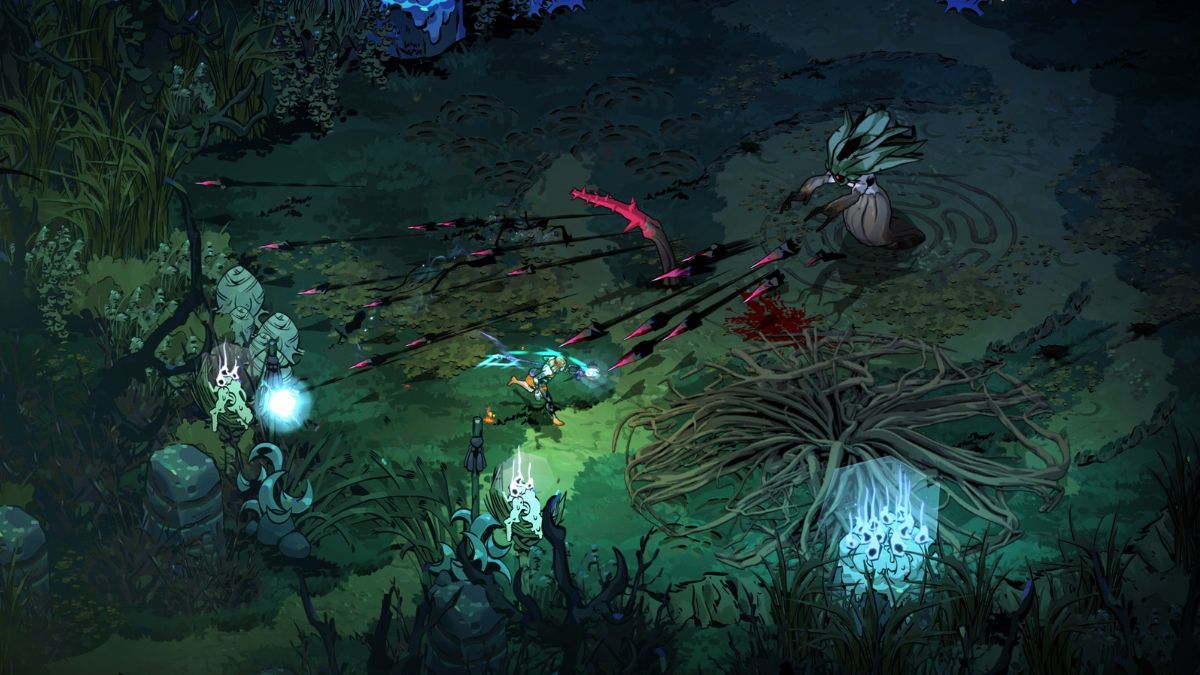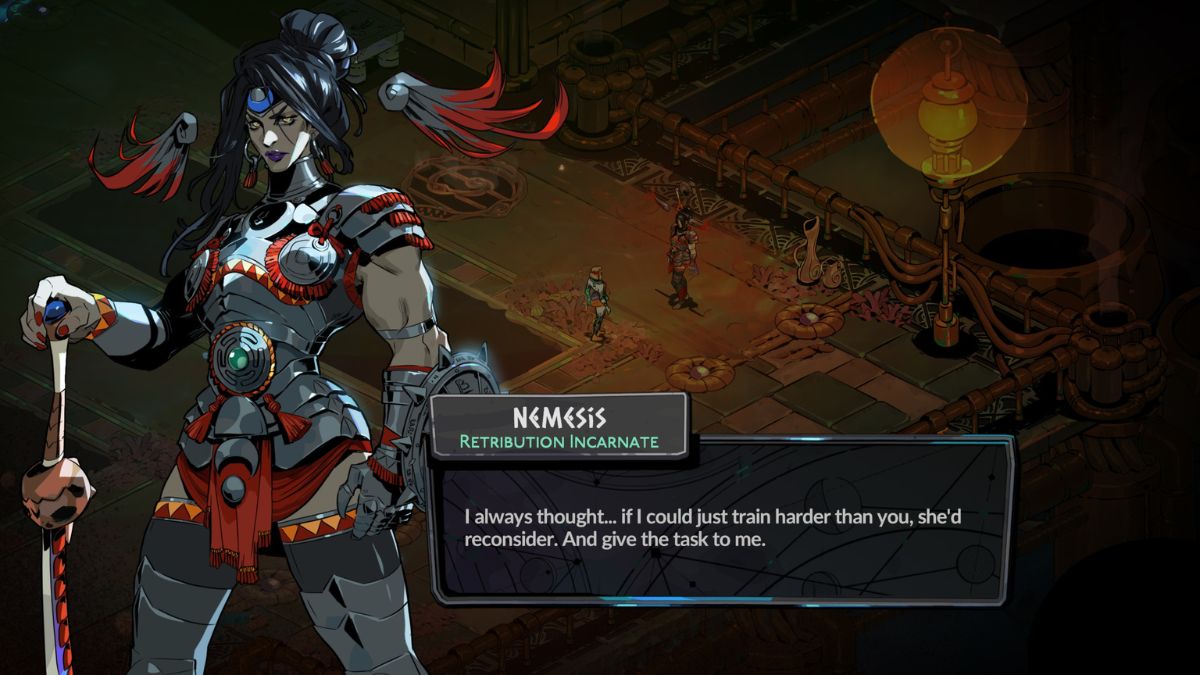Although Hades II is largely the same game as its predecessor, Supergiant Games delivered some interesting mechanical changes that make the sequel a much stronger experience. After spending over 50 hours with the rogue-lite, I feel it’s already better than the first title.
The first thing I noticed when diving into Hades II is its emotional story, which pulls you in right away. In Hades, you spent most of the game’s first 20 hours trying to unravel the mystery of Tartarus. While likable, Zagreus at first feels like a spoiled child rebelling against his family without a real cause. Of course, the game’s excellent storytelling eventually reveals a lot more about his family and his yearning to discover what happened to his mother Persephone. In fact, what set Hades apart from other games in its genre was its extensive lore and how Supergiant Games cleverly used the rogue-lite formula to slowly reveal the larger narrative.

This incredible narrative style returns in Hades II, except you immediately connect with the series’ new protagonist Melinoe. From the very start, you feel her desperation to rescue her family, which consists of Zagreus, Hades, and Persephone. The emotional plot had me instantly hooked as I tore through every enemy and level to desperately try to reunite her with her brother and parents. Just like the first game, Supergiant Games does a great job of teasing out new lore and information every time you die and start a new run.
Another improvement is the way Hades II implements magick in the game. Whenever you use a charged “Special” attack or “Cast” ability, you use up energy in this second meter. Although the bar refills after entering a new room, it really forces you to be strategic with every attack. You can find a perfect run completely going up in flames if you spam your abilities too quickly and find your Magick drained. While this may seem like an unnecessary hurdle on the surface, it also forces you to pick and choose wisely with the game’s other mechanics.

One of Hades II‘s best features is Arcana cards. Unlocking each one allows you to add unique buffs to Melinoe. For example, “The Unseen” cards allow you to recover 2 Magick energy every second. As you can imagine, this is a game changer. With it, you don’t have to worry about running out of energy and the bar will slowly fill back up. However, when you pair that with certain Keepsakes, you can actually triple the speed at which your Magick recovers. So, Hades II gives you a lot of room to mix and match to customize your gameplay experience. There is also not a single power that feels broken, and everything has a trade-off, so the game constantly challenges you to change your build, even in the middle of a run.
Weapon evolutions also make their return and are just as interesting as they were in Hades. A weapon that was once a slash attack can be completely transformed with different properties as you progress through the game. If I had any gripe about Hades II, it is that I didn’t entirely connect to the weapons as much as I did in Hades. At least with Zagreus, I was constantly struggling to decide which weapon to pick up. But with Melinoe, I found myself mostly sticking with a single weapon, and it felt a lot better than the rest.

But I also want to put it out there that I’m by no means a pro at rogue-lites. So, it could just be a skill-level issue. I know that, at least with Hades, I felt the overall weapon selection to be a bit better. However, it should be pointed out the game is still in early access, and there are going to be updates on the weapons. I also haven’t unlocked all the evolutions yet, so my favorite weapon might actually be waiting to be discovered.
Unlike the first title, though, I think Hades II offers up a more complex gameplay system that doesn’t rely solely on weapons. As I mentioned earlier, Magick plays a big part in combat. As you progress through the story, you also unlock “Hex” spells, which drastically change the way you tackle battle. From a supercharged beam of light that dishes out thousands of damage to healing, the Hexy system adds another layer to the game’s battle system, which makes it a lot more interesting.
Lastly, I found the side characters in Hades II to be a lot more interesting. One of my favorite relationships out of the gate is between Melinoe and Nemesis. Their competitive relationship had my blood boiling at first, which is what any good rivalry should do. But like anything in the Hades universe, there is a lot more to the characters and lore than meets the eye.

Fans who loved Hades will essentially get more of the same with the sequel. However, I really do think Supergiant Games has added enough changes to the game’s core mechanics to make it an overall improved experience. And that’s with the game still in Early Access, which has me excited to see where the game goes from here.
Most importantly, though, the story of Hades II is already excellent. So, if you are someone who fell in love with the game’s first lore, there is a lot to love here. The game already does an amazing job connecting the two titles and revealing how the two stories are connected. So, if you were worried about the sequel taking on a new protagonist, don’t. It’s very much a story about Zagerus, and it takes an even deeper dive into the lore behind Tartarus and the family of Hades. Hades II is already off to a great start and is already an improvement over the original.
Hades II Early Access is available now on PC via Steam and the Epic Games Store.


Published: May 6, 2024 04:00 pm